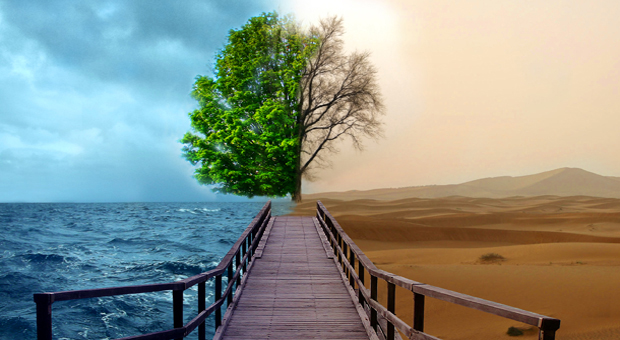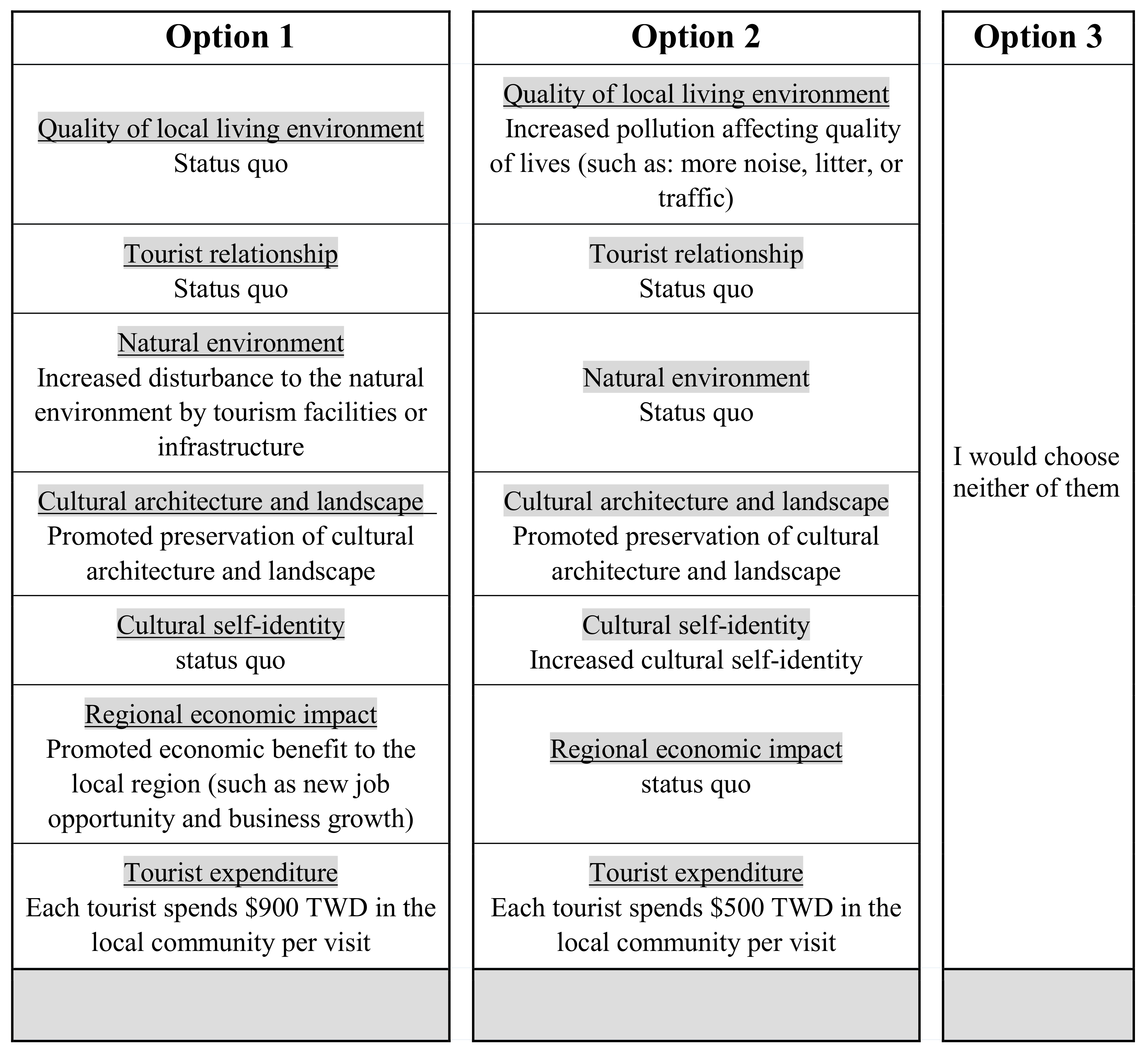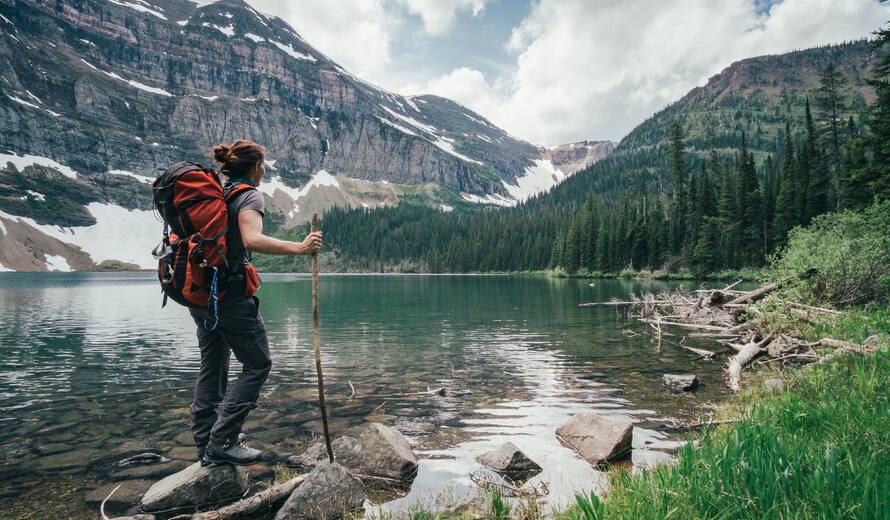Natural Environment Tourism
Natural Environment Tourism, Indeed recently has been hunted by consumers around us, perhaps one of you personally. People now are accustomed to using the internet in gadgets to view video and image information for inspiration, and according to the name of this article I will discuss about
If the posting of this site is beneficial to our suport by spreading article posts of this site to social media marketing accounts which you have such as for example Facebook, Instagram and others or can also bookmark this blog page.
Positive Impacts Of Tourism Series Part 1 Environment By Alejandro Filloy Medium Natural Tourist Attractions In New Zealand

Pdf Environmental Impacts Caused By The Tourist Industry In Elafonisos Island And The Neapoli District Greece Natural Tourist Attractions In New Zealand
It is ironic really that tourism often destroys the very things that it.

Natural tourist attractions in new zealand. Why the environment is so important to tourism. Nature tourism responsible travel to natural areas which conserves the environment and improves the welfare of local people. It is a form of tourism involving visiting fragile pristine and relatively undisturbed natural areas intended as a low impact and often small scale alternative to standard commercial mass tourismit means responsible travel to natural areas conserving the environment and.
The negative environmental impacts of tourism are substantial. Tourisms three main impact areas. Environmental tourism has become a significant segment of the tourism industry.
Negative impacts from tourism occur when the level of visitor use is greater than the environments ability to cope with this use within the acceptable limits of change. They include the depletion of local natural resources as well as pollution and waste problems. Uncontrolled conventional tourism poses potential threats to many natural areas around the world.
Ecosystems such as rain forests wetlands mangroves coral reefs sea grass beds and alpine regions are often threatened because they are attractive places to developers and tourists. Tourism is recognised for its contribution to protecting restoring and enhancing new zealands natural environment and biodiversity. Negative environmental impacts of tourism.
Many developing nations are turning to environmental tourism to create a sustainable industry that requires minimal development. Tourist facilities built to earn a profit without any concern about integrating the design with the natural features of the place can lead to aesthetic pollution. Therefore tourism and natural environment can both co exist and be mutually beneficial to each other if the tourism industry has the willingness to pull in full support to the conservation efforts of the natural environment.
Ecotourism is catering for holiday makers in the natural environment without damaging it or disturbing habitats. Tourism can spoil the aesthetics of the environment. In doing so it can help maintain the environment and also recover from the negative image that it has built up for.
However tourisms relationship with the environment is complex and many activities can have adverse environmental effects if careful tourism planning and management is not undertaken. 7 tourism businesses actively support and champion ecological restoration initiatives. Environmental tourism can preserve natural and cultural diversity by offering travelers a window into a new world in a non intrusive way.
The quality of the environment both natural and man made is essential to tourism. Large resorts of disparate designs can dominate the landscape and spoil the natural beauty of a place. Construction and infrastructure development can include extensive paving sand mining wetland draining marine.
Tourism often puts pressure on natural resources through over consumption often in places where resources are already scarce. 8 tourism businesses are measuring managing and minimising their environmental footprint.







